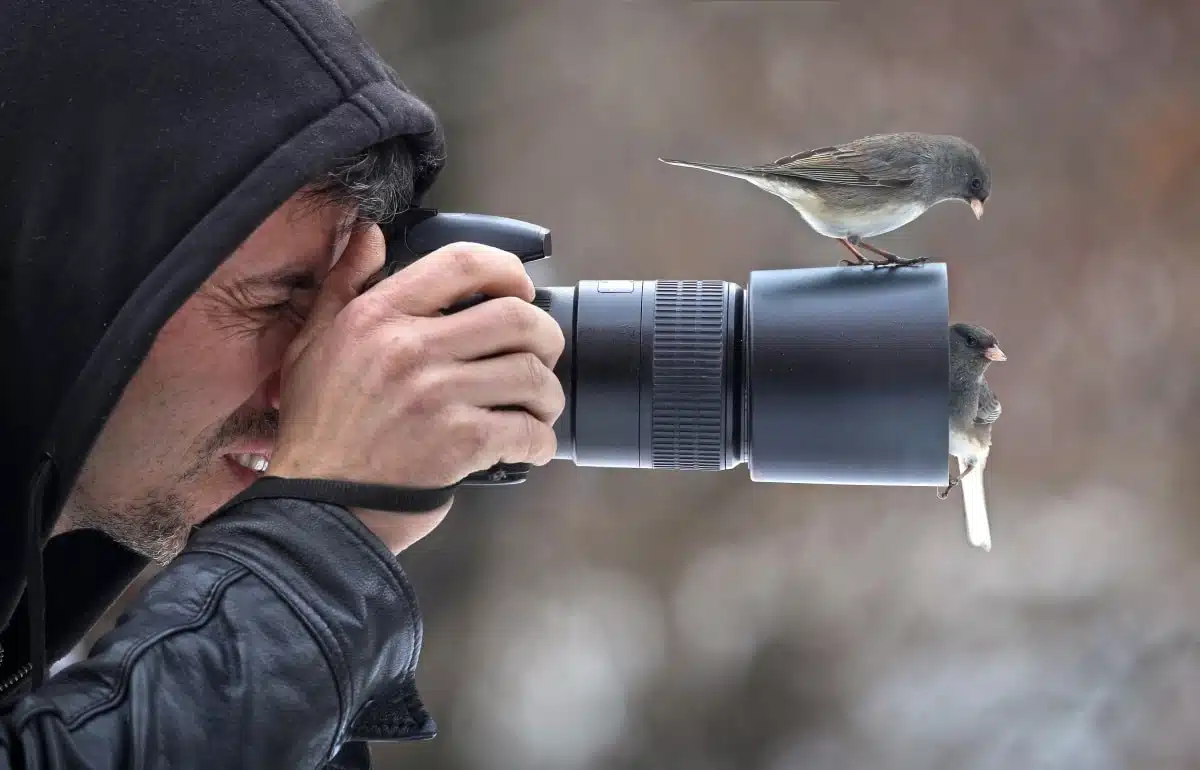Wildlife photography is more than just capturing stunning images of animals in their natural habitats; it’s about doing so responsibly and ethically. This guide takes you on a journey to some of the world’s most incredible destinations for wildlife photography, emphasizing the importance of respecting wildlife and their environments. From the savannas of Africa to the icy realms of the Arctic, each location offers unique opportunities to photograph wildlife while adhering to ethical practices that ensure minimal impact on the natural world.
1. Serengeti National Park, Tanzania
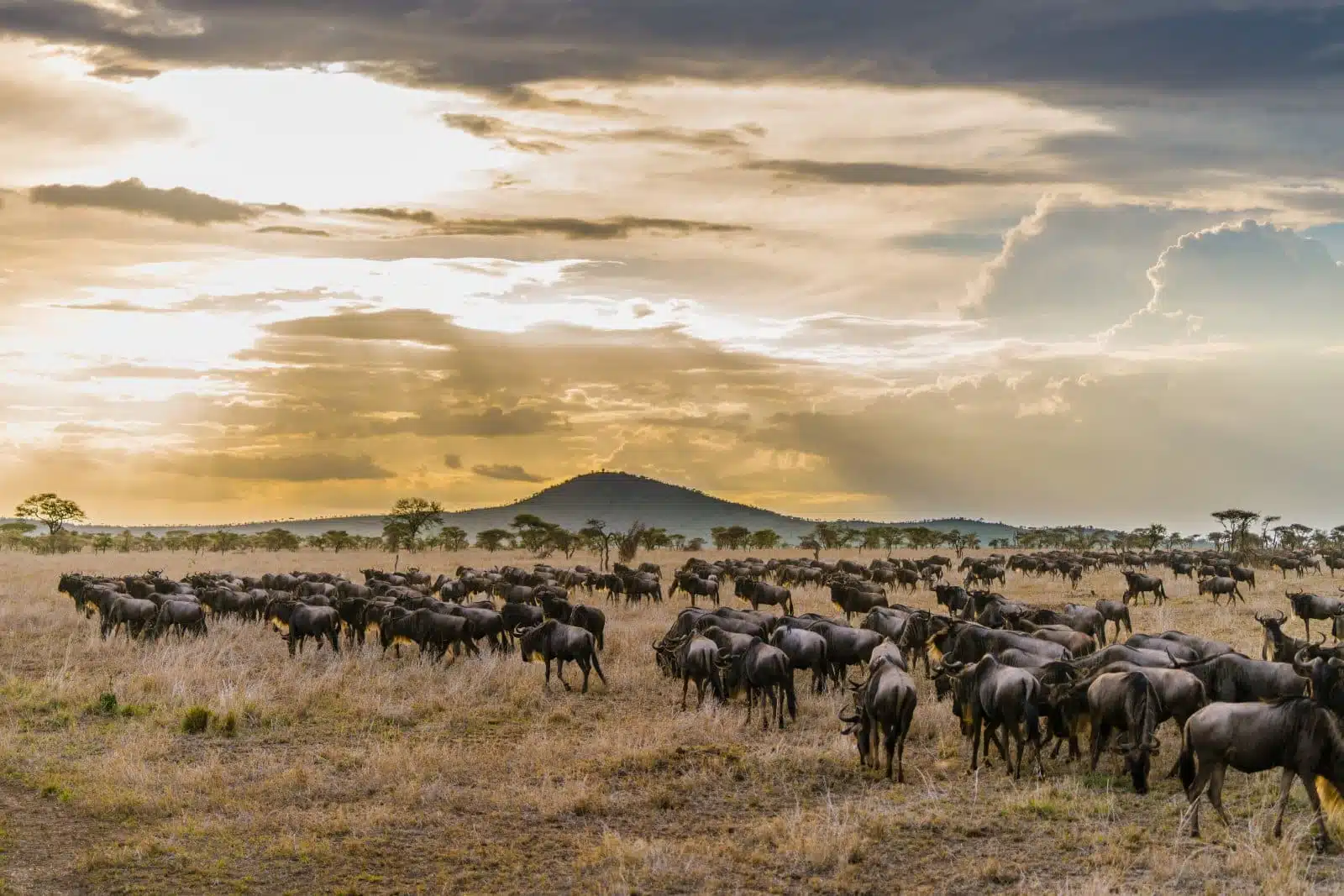
Image Credit: Shutterstock / DongDongdog
The Serengeti National Park in Tanzania is a wildlife photographer’s dream. Its vast, open plains are home to an incredible array of wildlife, including the Big Five. The Great Migration, featuring millions of wildebeest and zebras, offers dramatic scenes for photography. In the Serengeti, you’re not just capturing images; you’re witnessing and recording nature’s raw beauty and drama. The key here is patience and respect for the wildlife, ensuring your presence doesn’t disrupt their natural behavior.
Insider’s Tip
Use a long lens to keep a respectful distance from the animals.
When To Travel
June to October for the migration; January to February for the calving season.
How To Get There
Fly into Kilimanjaro International Airport and take a smaller plane or a safari vehicle to the park.
2. Yellowstone National Park, USA
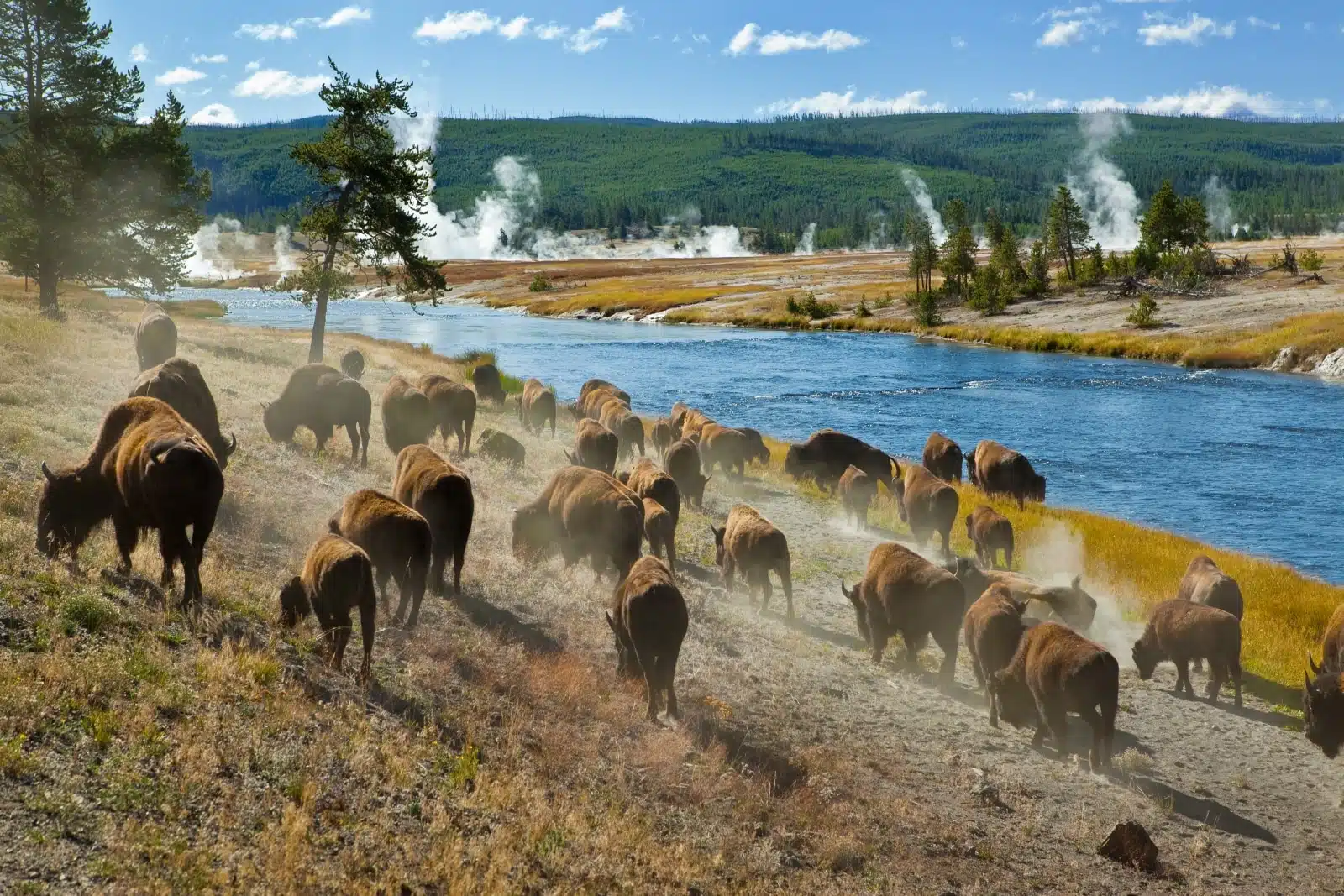
Image Credit: Shutterstock / YegoroV
Yellowstone National Park offers diverse wildlife photography opportunities in a relatively accessible setting. From the majestic bison to elusive wolves and grizzlies, the park’s varied landscapes serve as a stunning backdrop. Responsible photography means using long lenses and keeping a safe distance, ensuring the wildlife remains undisturbed. Early mornings and late evenings often provide the best light, active wildlife, and fewer crowds.
Insider’s Tip
Attend a ranger-led program to learn about the park’s wildlife and how to photograph them safely.
When To Travel
Spring and fall for fewer crowds and active wildlife.
How To Get There
Fly into airports near Jackson Hole, Wyoming, or Bozeman, Montana, and drive to the park.
3. Pantanal, Brazil
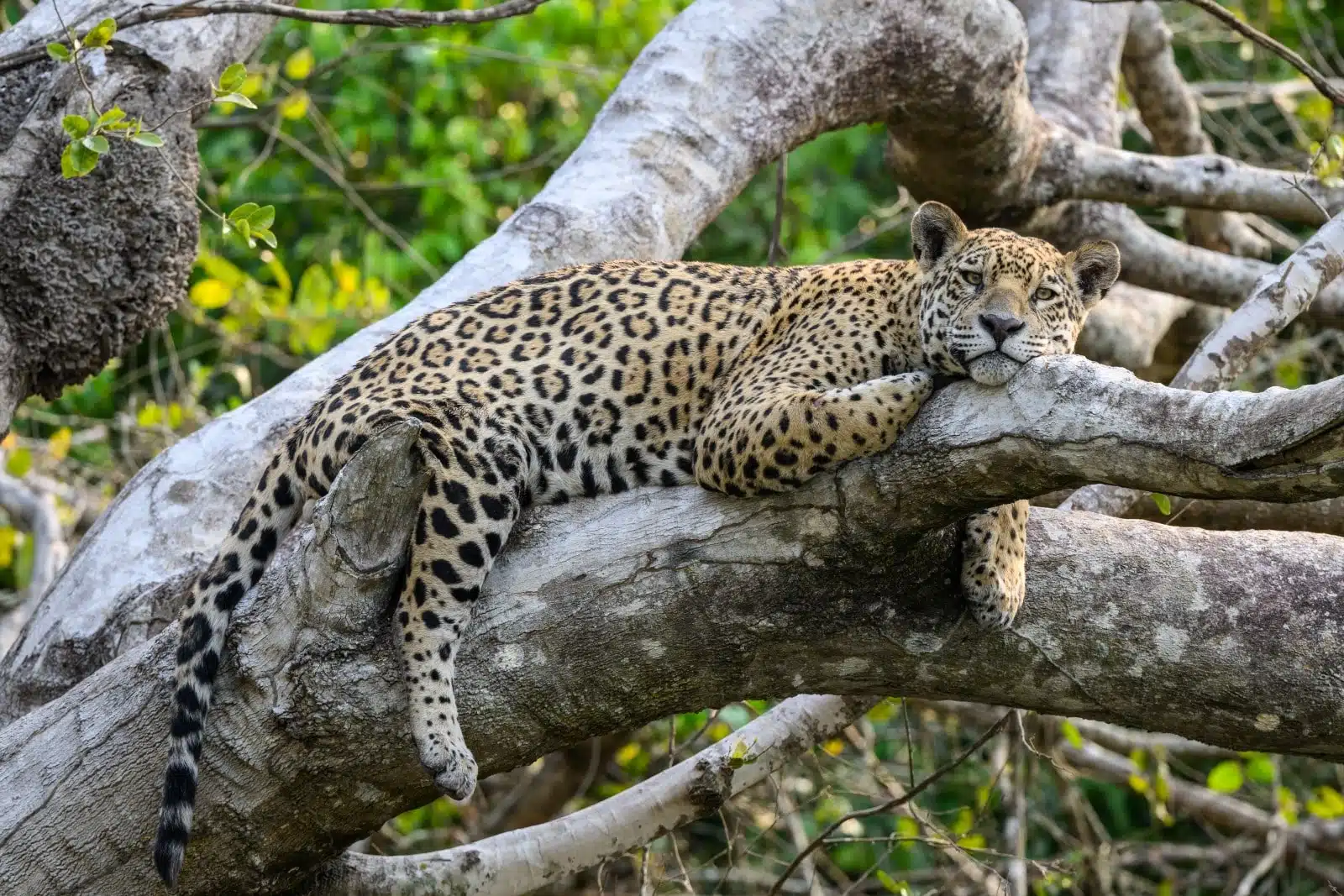
Image Credit: Shutterstock / FotoRequest
The Pantanal in Brazil is one of the best places in the world to photograph jaguars in the wild. This vast tropical wetland also hosts a plethora of bird species, making it a haven for wildlife photographers. Boat tours along the rivers offer close encounters with wildlife, especially the elusive jaguar. Remember, the welfare of the animals comes first, so always maintain a respectful distance.
Insider’s Tip
Opt for boat tours for up-close photography opportunities in the wetlands.
When To Travel
Dry season from July to October for the best wildlife viewing.
How To Get There
Fly into Cuiabá or Campo Grande and join a guided tour to the Pantanal.
4. South Georgia Island, South Atlantic
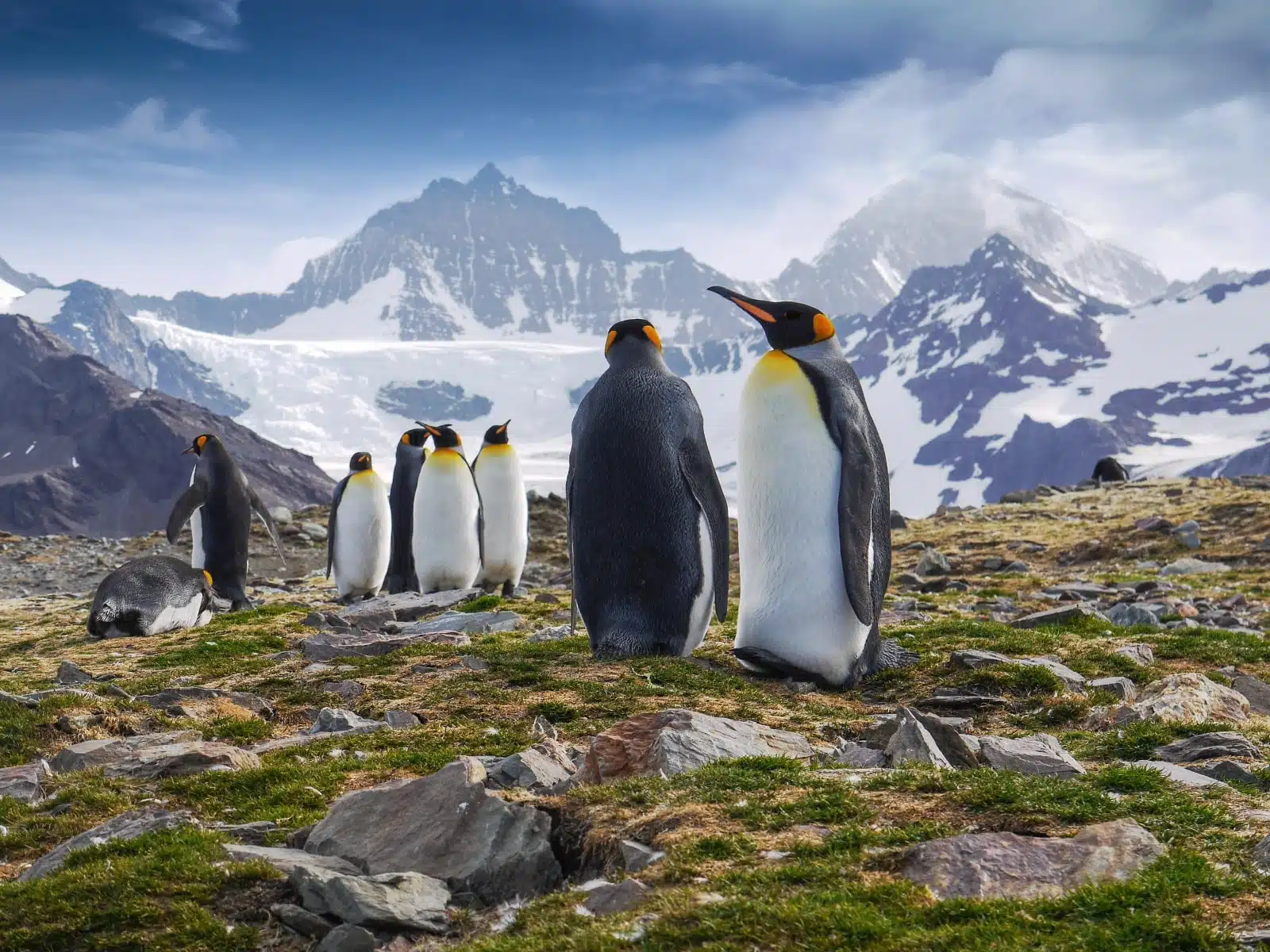
Image Credit: Shutterstock / CherylRamalho
South Georgia Island is a remote and unspoiled paradise teeming with wildlife. It’s home to one of the largest king penguin colonies in the world, along with seals and various seabirds. The island’s dramatic landscapes, with its snow-capped mountains and rugged coastlines, provide a spectacular setting for photography. Visiting this pristine environment comes with a responsibility to minimize impact, ensuring this ecosystem remains intact.
Insider’s Tip
Respect the wildlife viewing guidelines, maintaining a safe distance from the animals.
When To Travel
November to March for the best weather and wildlife viewing.
How To Get There
Accessible by expedition cruises departing from Ushuaia, Argentina.
5. Ranthambore National Park, India
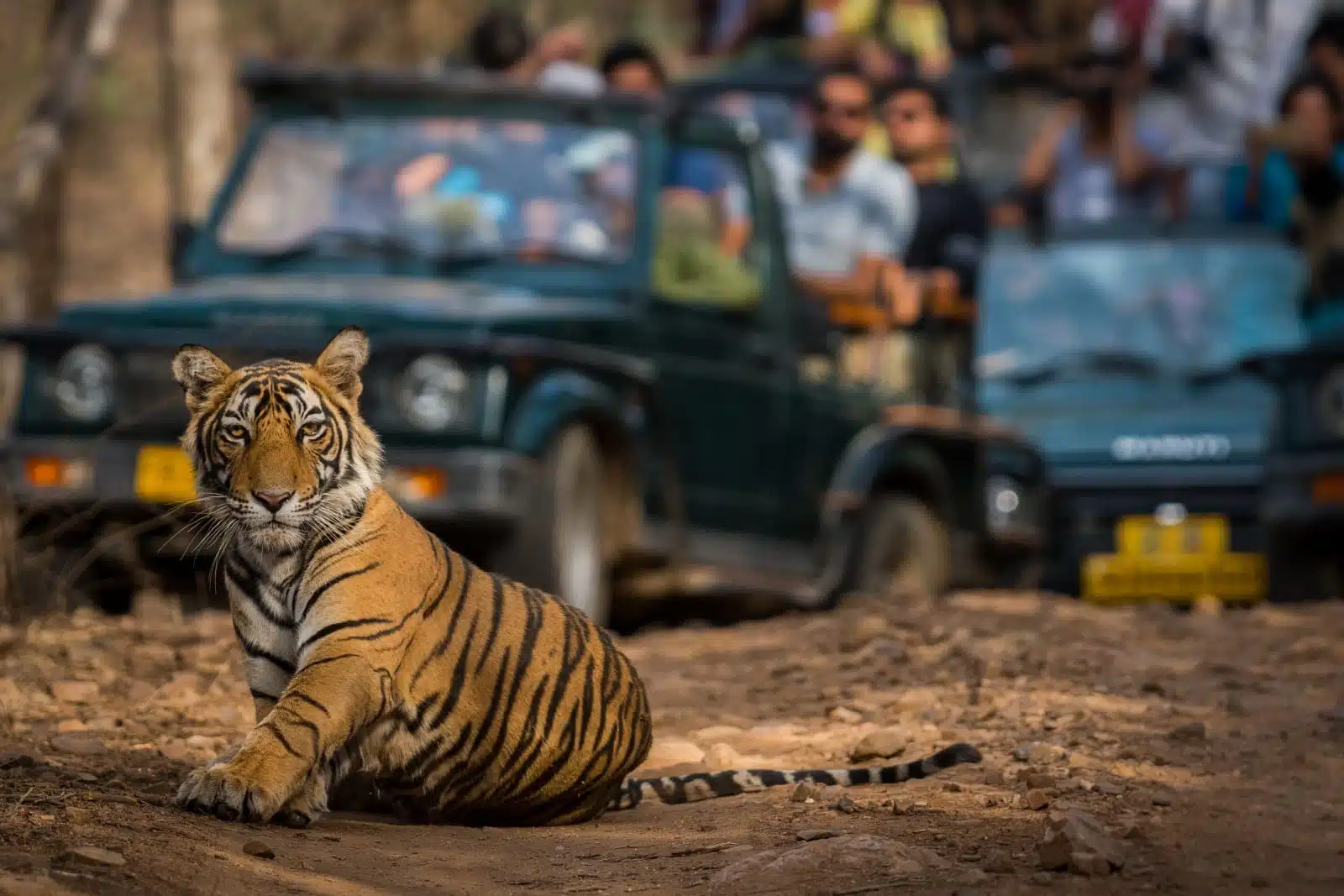
Image Credit: Shutterstock / Sourabh Bharti
Ranthambore National Park in India offers some of the best opportunities to photograph tigers in their natural habitat. The park’s landscape, dotted with ancient ruins, provides a unique backdrop for wildlife photography. Apart from tigers, you can capture images of leopards, sloth bears, and a variety of deer and bird species. Patience is key, as sightings can never be guaranteed, but the thrill of capturing a tiger in the wild is unmatched.
Insider’s Tip
Book early morning safari drives for the best light and active wildlife.
When To Travel
October to April is the best time for tiger sightings.
How To Get There
Fly to Jaipur, then drive to Ranthambore, or take a train to Sawai Madhopur station.
6. Borneo, Malaysia
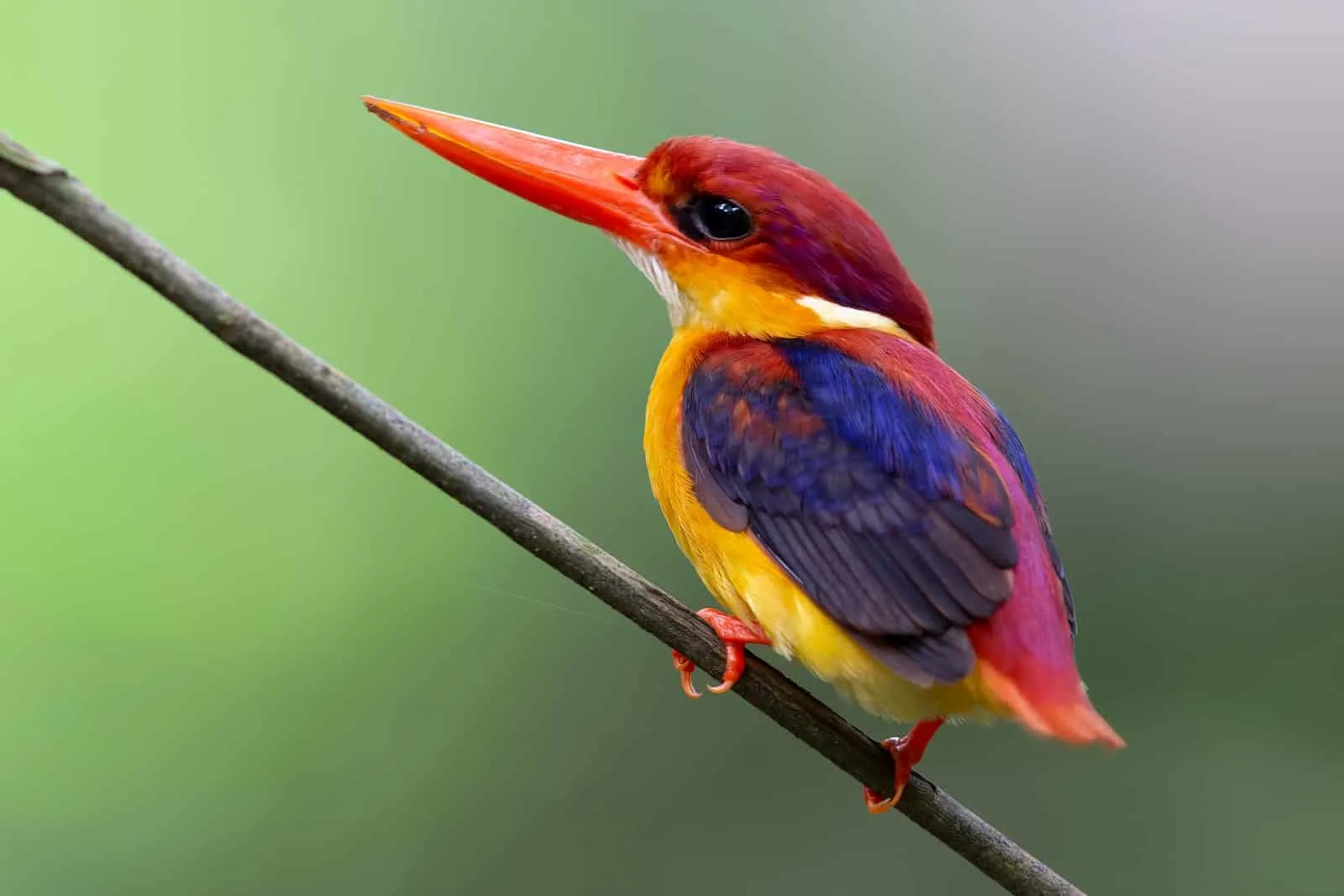
Image Credit: Shutterstock / Chui Wui Jing
The rainforests of Borneo are a biodiversity hotspot, offering unique opportunities to photograph orangutans, pygmy elephants, and a variety of bird species. Photography tours in Borneo often focus on ethical practices, ensuring minimal disturbance to the wildlife. The experience of capturing orangutans in their natural habitat is a photographic achievement and a poignant reminder of the need for conservation.
Insider’s Tip
Use silent camera modes to avoid disturbing wildlife.
When To Travel
March to October for drier weather.
How To Get There
Fly into Kota Kinabalu or Kuching and join a guided wildlife photography tour.
7. Kruger National Park, South Africa
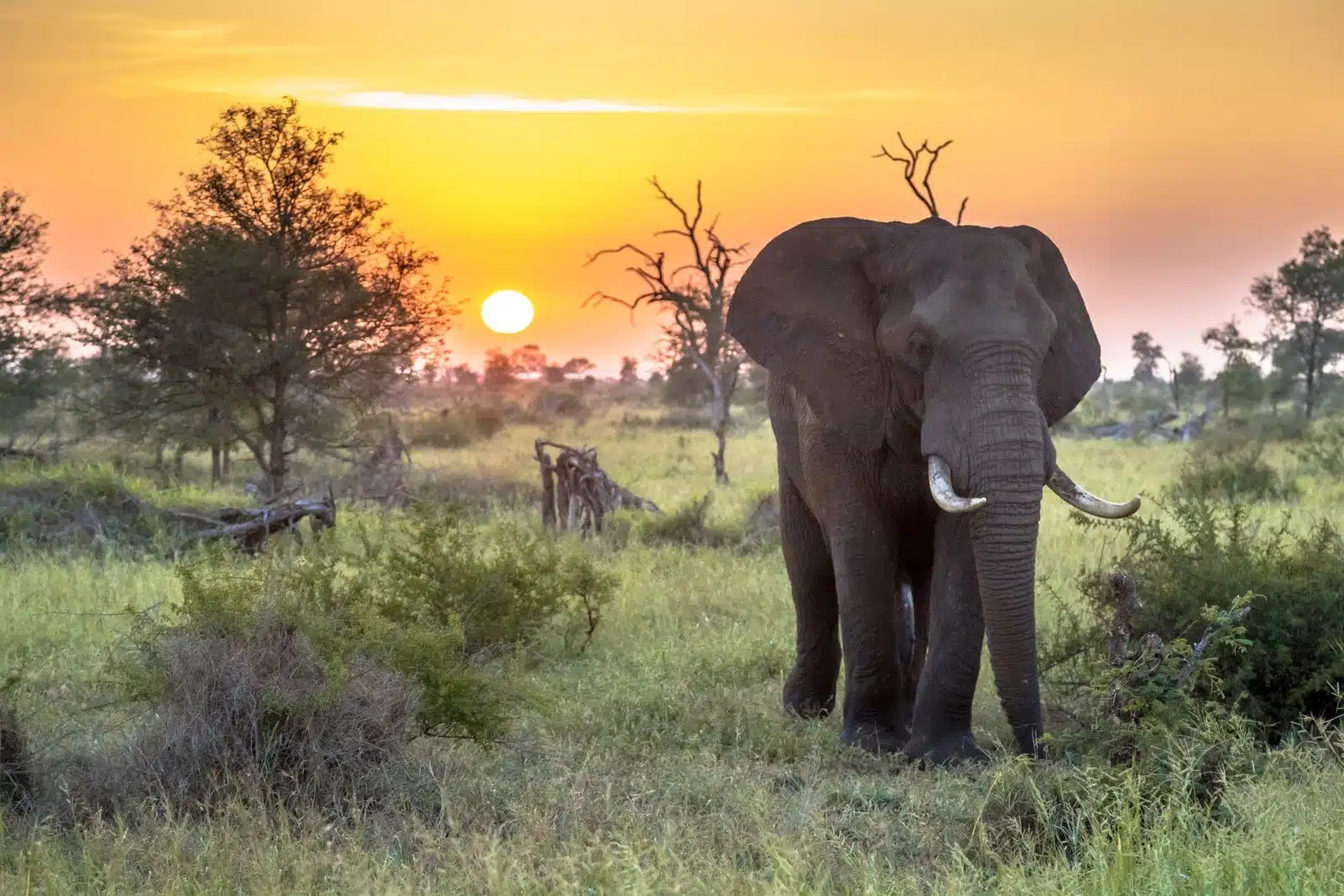
Image Credit: Shutterstock / Rudmer Zwerver
Kruger National Park is a premier destination for wildlife photography, offering sightings of the Big Five and a vast array of other species. The park’s varied landscapes provide diverse photographic opportunities, from savannas to riverine forests. While self-drive safaris are popular, guided tours can offer expert knowledge about wildlife and the best photography spots. Remember, the park’s rules are in place to protect both the wildlife and visitors, so always adhere to them.
Insider’s Tip
Stay at private reserves on the park’s borders for exclusive photography opportunities.
When To Travel
May to September for dry weather and better wildlife visibility.
How To Get There
Fly into Johannesburg, drive to Kruger, or take a domestic flight to a nearby airport.
8. Alaska, USA
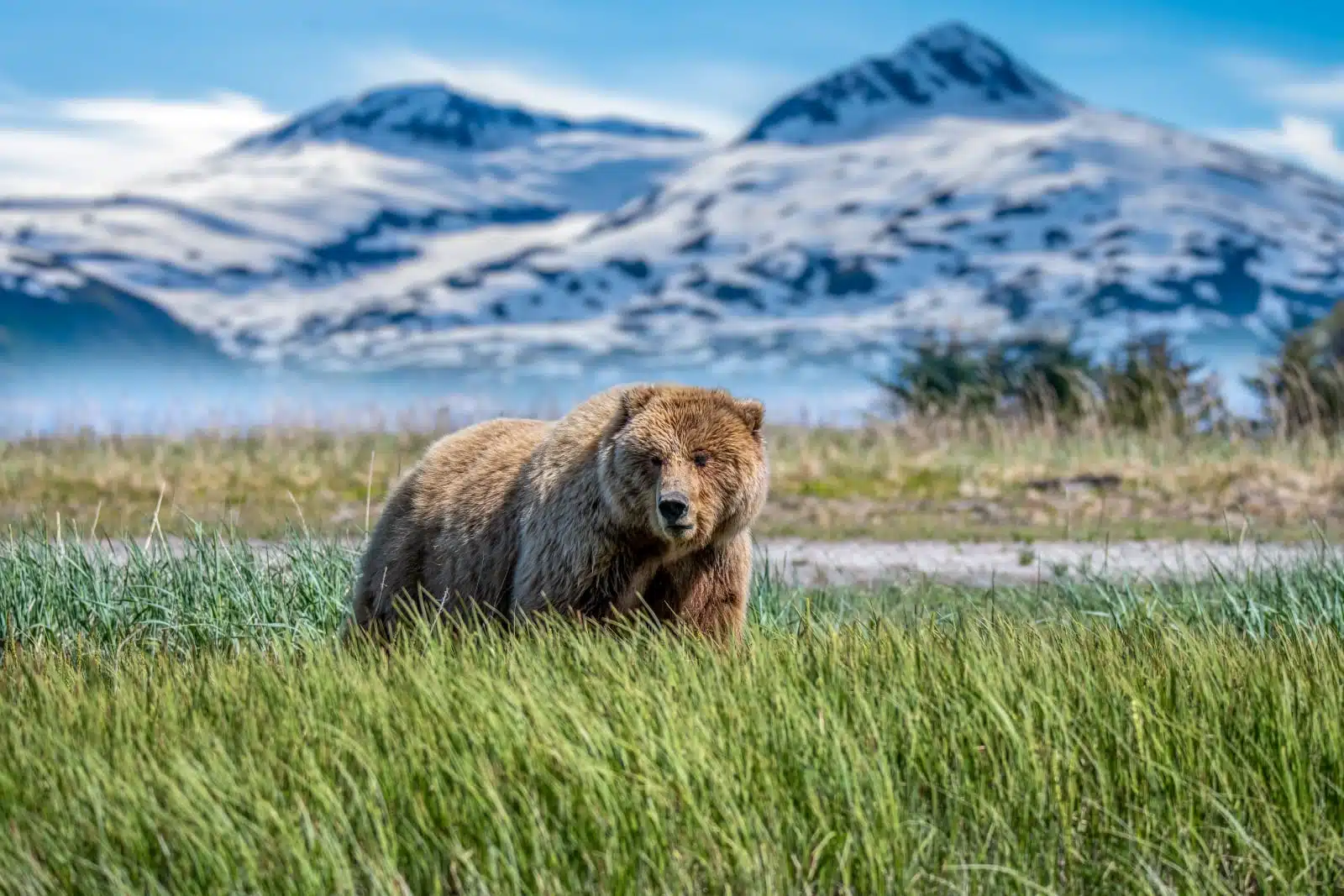
Image Credit: Shutterstock / Fotopro_929
Alaska’s vast wilderness is a paradise for wildlife photographers. From the majestic brown bears at Katmai National Park to the bald eagles of Haines, the state offers unparalleled wildlife viewing and photography opportunities. The key to photographing in Alaska is to respect the wild nature of its inhabitants and maintain a safe distance, especially with bears.
Insider’s Tip
Visit Katmai
National Park for incredible bear viewing and photography.
When To Travel
June to August for the best wildlife viewing opportunities.
How To Get There
Fly into Anchorage and take regional flights or guided tours to various wildlife hotspots.
9. Canadian Arctic
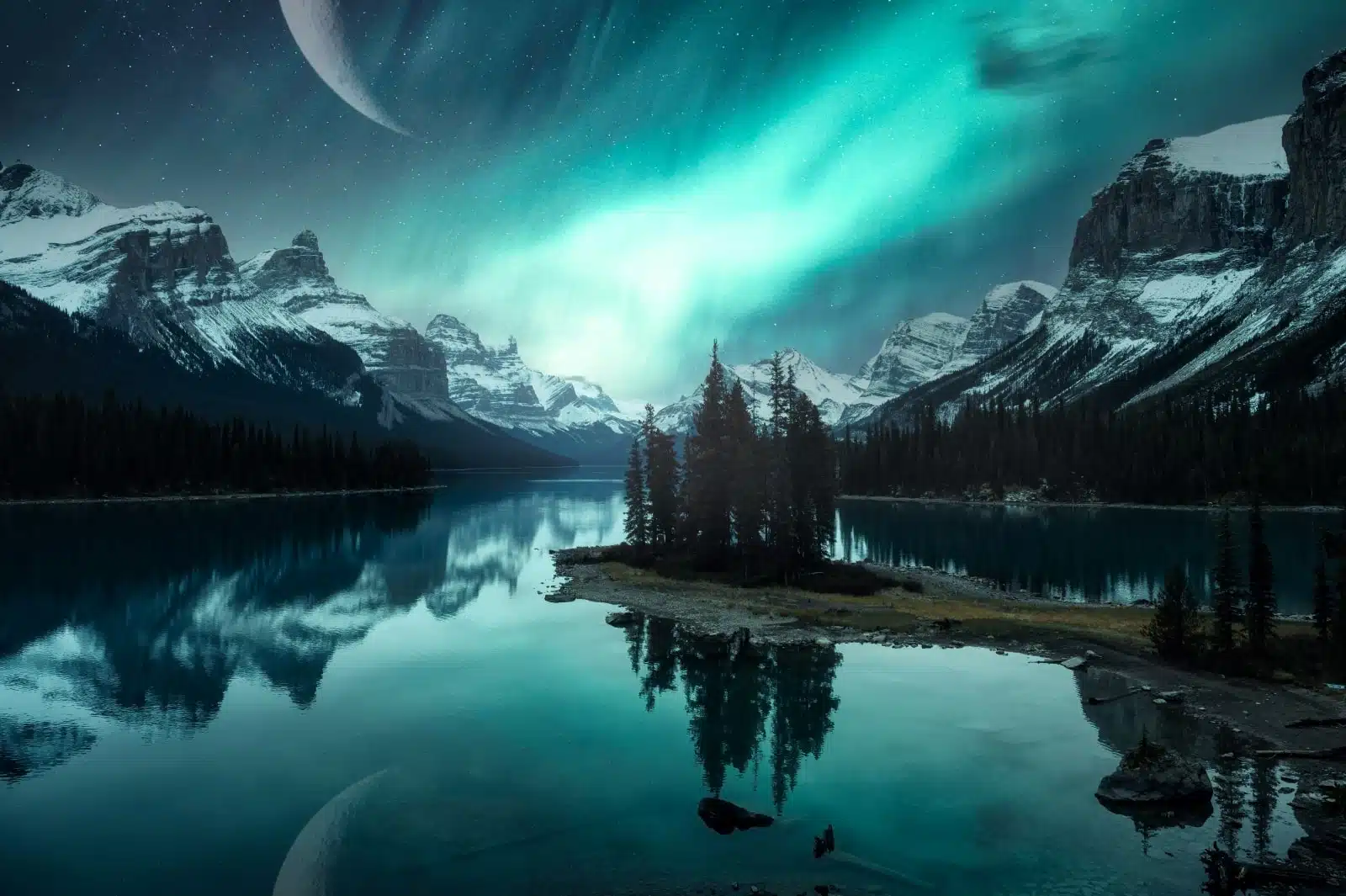
Image Credit: Shutterstock / Mumemories
The Canadian Arctic is a unique destination for photographing polar bears, narwhals, and other Arctic wildlife. The region’s pristine landscapes also offer incredible opportunities for capturing the Northern Lights. Photography tours here are often led by experienced guides who ensure ethical practices while providing insights into the Arctic ecosystem.
Insider’s Tip
Use a reputable tour operator that follows strict wildlife viewing guidelines.
When To Travel
July to September when the ice recedes and wildlife is more accessible.
How To Get There
Fly to Canadian Arctic gateways like Yellowknife or Churchill, then join a guided tour.
10. Galapagos Islands, Ecuador
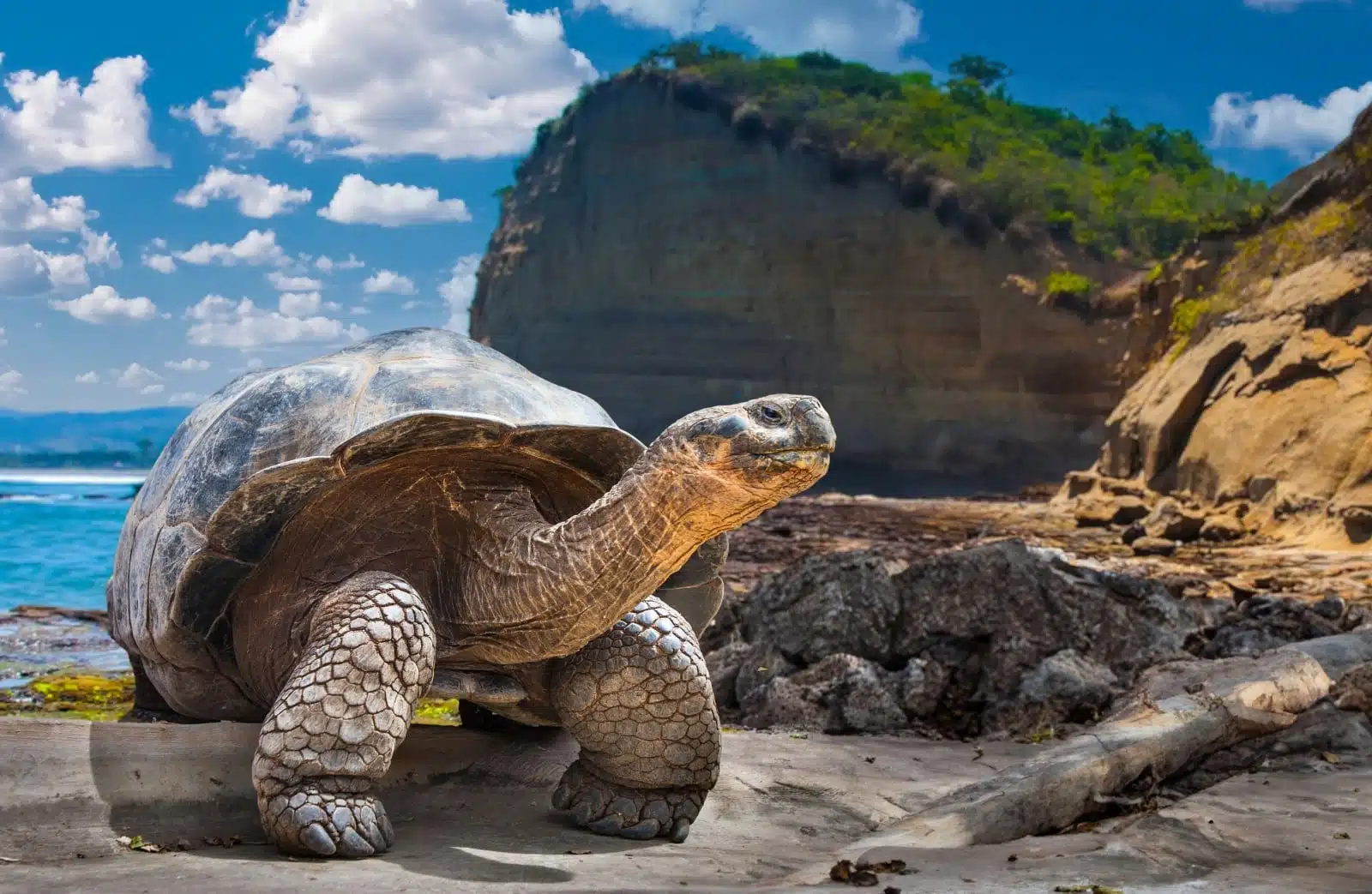
Image Credit: Shutterstock / FOTOGRIN
The Galapagos Islands are a haven for wildlife photographers, with unique species not found anywhere else in the world. The islands’ isolation has led to incredible biodiversity, including giant tortoises, marine iguanas, and various bird species. Photography in the Galapagos should always be done responsibly, adhering to the rules set by the Galapagos National Park to protect its fragile ecosystem.
Insider’s Tip
Invest in a good zoom lens to maintain a respectful distance from the animals.
When To Travel
December to May for warmer weather and calmer seas.
How To Get There
Fly to Quito or Guayaquil in Ecuador, then take a flight to the Galapagos Islands.
11. Madagascar
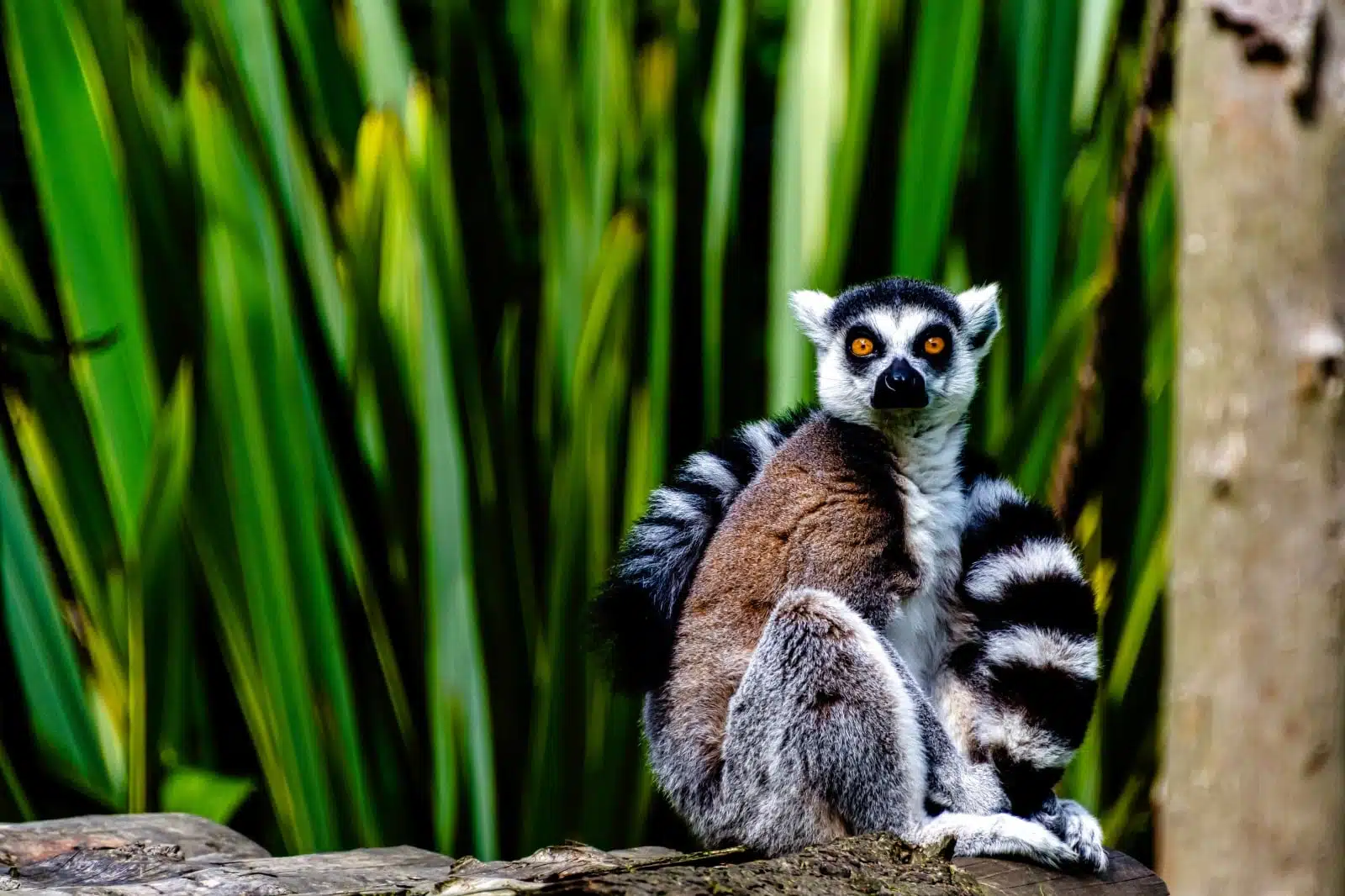
Image Credit: Shutterstock / Marcin Mierzejewski
Madagascar’s unique wildlife, including various species of lemurs, chameleons, and endemic birds, makes it a fascinating destination for photographers. The island’s diverse landscapes, from rainforests to deserts, add to the photographic appeal. When photographing in Madagascar, it’s important to be mindful of the delicate ecosystems and the conservation challenges.
Insider’s Tip
Be patient and quiet to increase your chances of spotting elusive wildlife.
When To Travel
April to December is the best time for wildlife viewing.
How To Get There
Fly into Antananarivo, Madagascar’s capital, and travel to wildlife reserves by car or domestic flights.
12. Svalbard, Norway
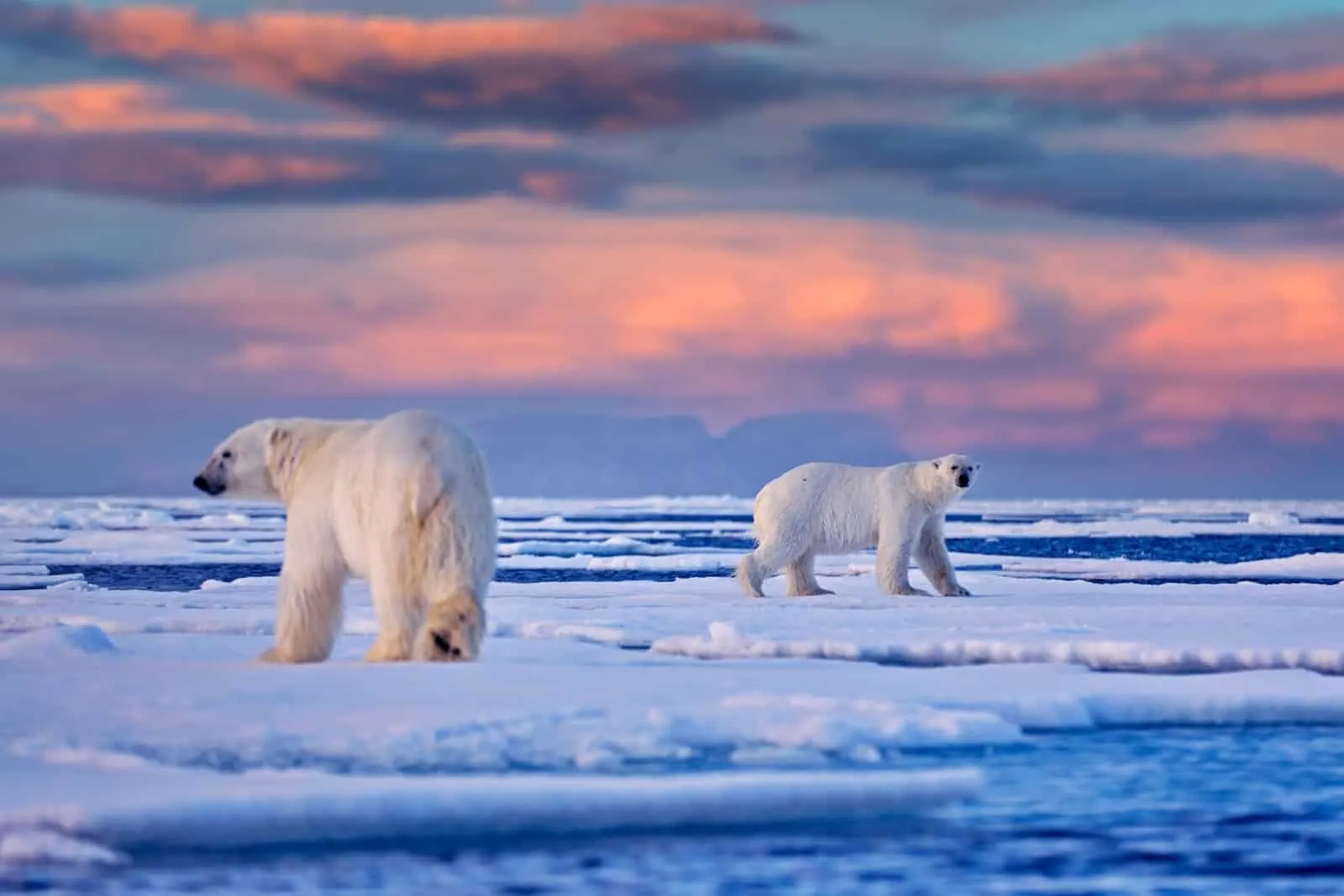
Image Credit: Shutterstock / Ondrej Prosicky
Svalbard offers a unique Arctic photography experience with its polar bears, walruses, and stunning glacial landscapes. The archipelago’s remote location and harsh conditions require careful planning and respect for the environment. Photography tours in Svalbard are often conducted on small ships, providing close encounters with Arctic wildlife.
Insider’s Tip
Choose a small-group tour for a more intimate and less intrusive wildlife experience.
When To Travel
June to August for 24-hour daylight and accessible wildlife.
How To Get There
Fly to Longyearbyen via Oslo or Tromsø.
13. Great Bear Rainforest, Canada
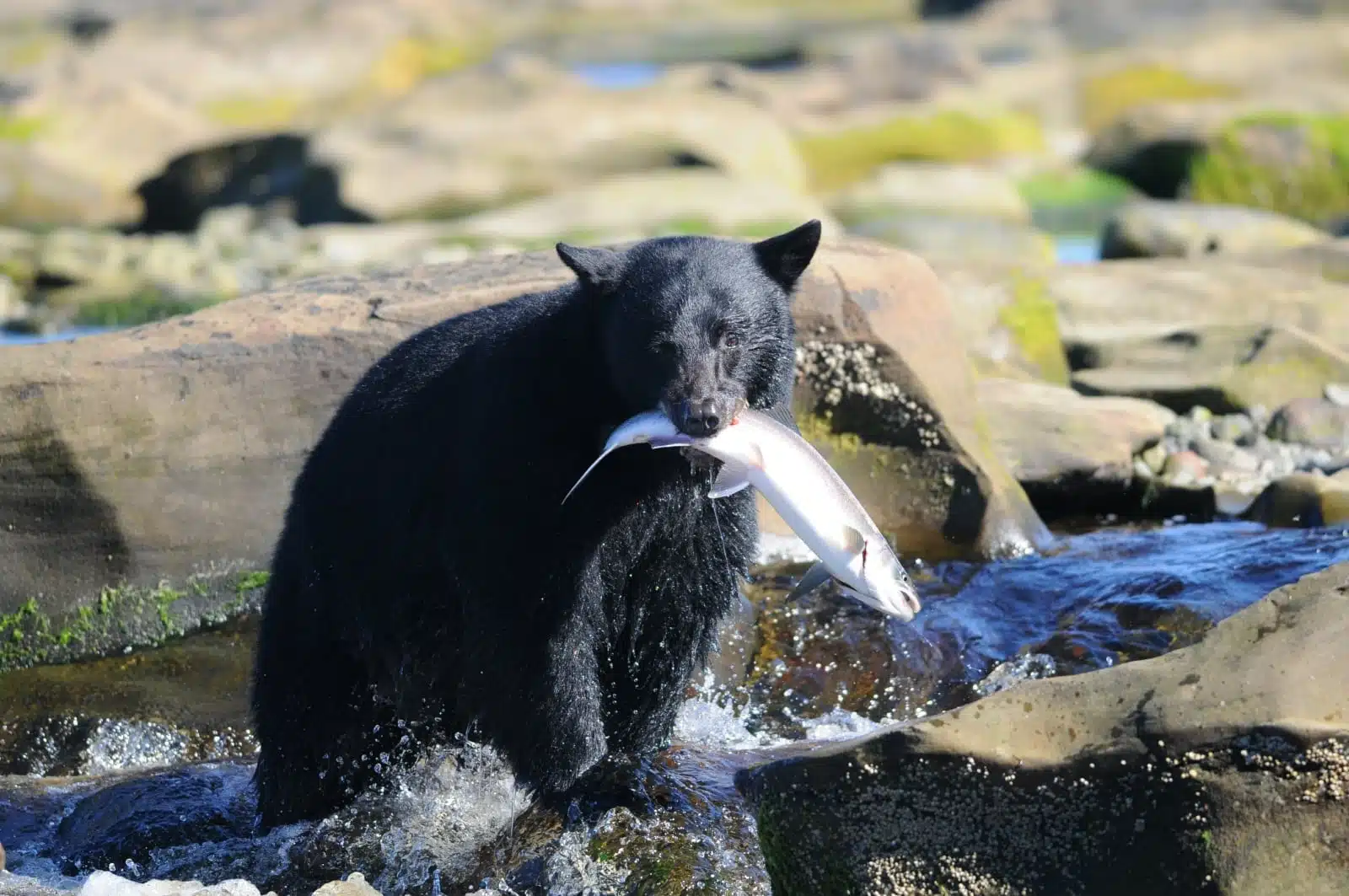
Image Credit: Shutterstock / Rob Keller
The Great Bear Rainforest in British Columbia is one of the best places to photograph the rare spirit bear, a unique subspecies of the black bear. The rainforest’s lush environment also supports a rich biodiversity, offering varied photographic subjects. Ethical photography practices are essential in this sensitive ecosystem to ensure minimal impact on wildlife.
Insider’s Tip
Respect the natural behavior of animals and avoid using bait or calls to attract them.
When To Travel
August to October is the best bear viewing period.
How To Get There
Fly to Vancouver, then take a seaplane or boat to the rainforest.
14. Masai Mara, Kenya
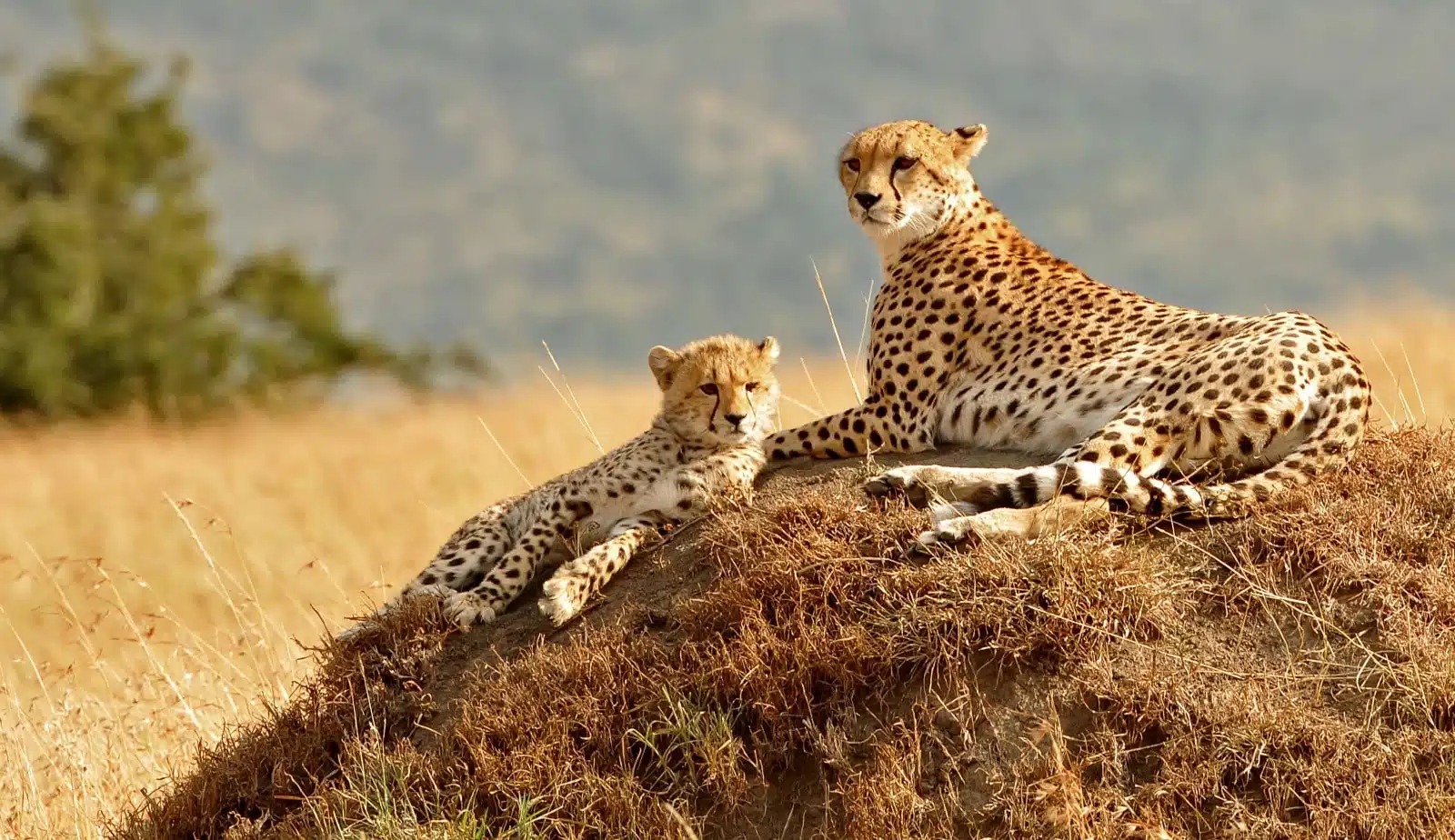
Image Credit: Shutterstock / Amy Nichole Harris
The Masai Mara in Kenya is an iconic African safari destination, offering some of the best opportunities for photographing wildlife, including lions, elephants, and cheetahs. The Mara’s open landscapes provide stunning backdrops for wildlife photography. Respect for the animals and their habitat is paramount, and local guides can provide invaluable knowledge for ethical photography.
Insider’s Tip
Focus on early morning and late afternoon drives for the best light and active wildlife.
When To Travel
July to October for the Great Migration.
How To Get There
Fly to Nairobi, take a small plane, or drive to the Masai Mara.
15. Kangaroo Island, Australia
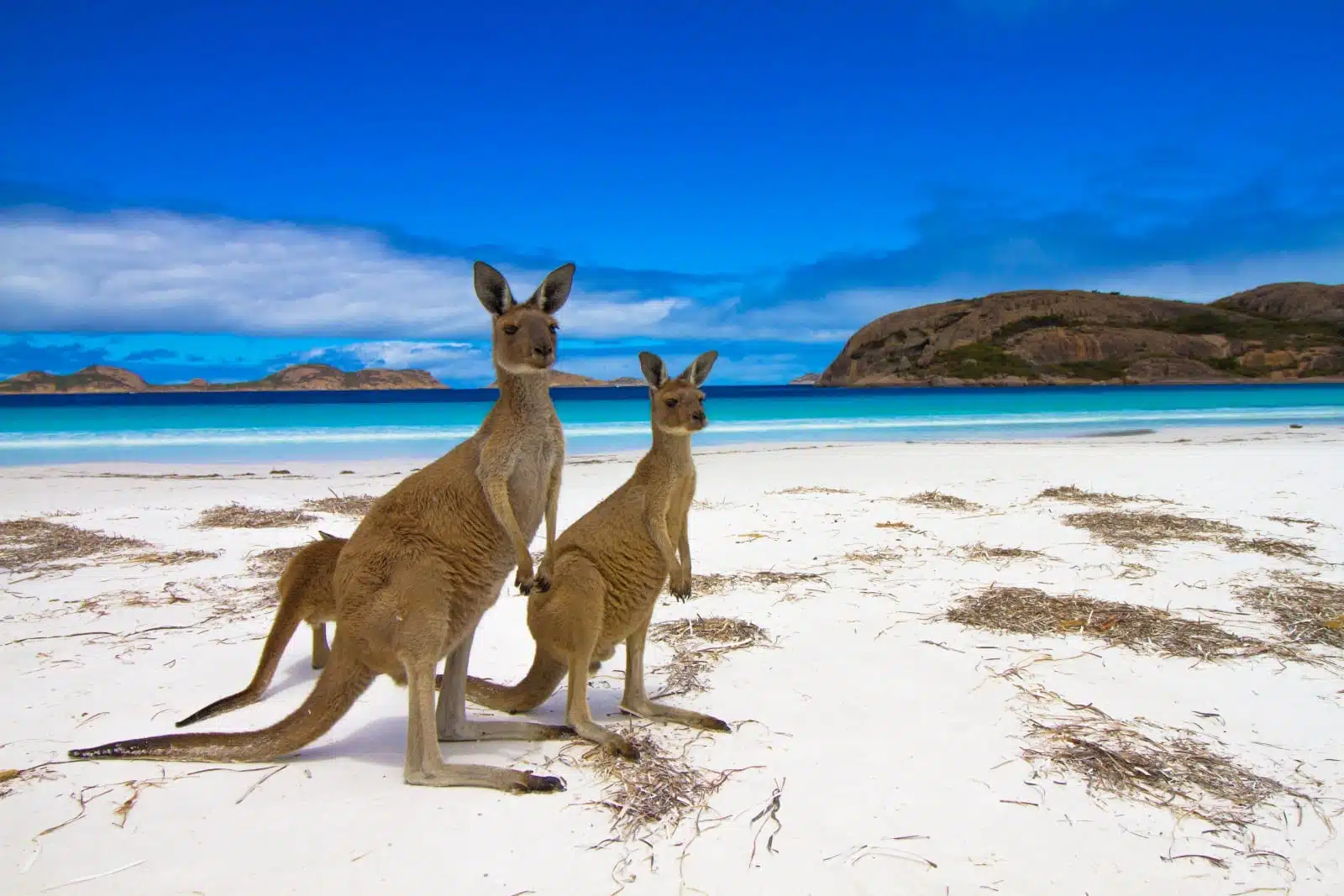
Image Credit: Shutterstock / LIBIN THOMAS OLAPRATH
Kangaroo Island, off the coast of South Australia, is a wildlife sanctuary where you can photograph kangaroos, koalas, echidnas, and a variety of bird species in their natural habitat. The island’s diverse landscapes, from sandy beaches to rugged cliffs, provide a stunning backdrop for wildlife photography. Ethical practices are crucial here, especially given the island’s recovery from recent bushfires.
Insider’s Tip
Visit the Seal Bay Conservation Park to photograph Australian sea lions.
When To Travel
September to March for the best weather and wildlife viewing.
How To Get There
Fly to Adelaide, then take a ferry or a regional flight to Kangaroo Island.
The Bottom Line
As a responsible wildlife photographer, your journey is not just about capturing the beauty of nature through your lens; it’s about respecting the wildlife and their habitats. Each of these destinations offers a unique opportunity to observe and photograph animals in their natural environments, but it’s crucial to prioritize their well-being over getting the perfect shot. Remember, ethical practices ensure that these magnificent creatures and their habitats are preserved for future generations to admire. So, pack your camera, tread lightly, and prepare to be awed by the natural wonders of our world, all while making a positive impact.
More From The Green Voyage
Top 10 Trending Travel Destinations 2024
6 Essential Banking Apps for International Travel – Managing Your Finances on the Go
Traveling With Kids – 10 Tips to Create Memorable Family Holidays
The post 15 Ethical Wildlife Photography Adventures in 2024 – Through the Lens Responsibly first appeared on The Green Voyage.
Featured Image Credit: Shutterstock / Alexander Sviridov.
Tips for Trip Success
Book Your Flight
Find an inexpensive flight by using Kayak, a favorite of ours because it regularly returns less expensive flight options from a variety of airlines.
Book Your Hotel or Special Accommodation
We are big fans of Booking.com. We like their review system and photos. If we want to see more reviews and additional booking options, we go to Expedia.
You Need Travel Insurance!
Good travel insurance means having total peace of mind. Travel insurance protects you when your medical insurance often will not and better than what you get from your credit card. It will provide comprehensive coverage should you need medical treatment or return to the United States, compensation for trip interruption, baggage loss, and other situations.Find the Perfect Insurance Plan for Your Trip
